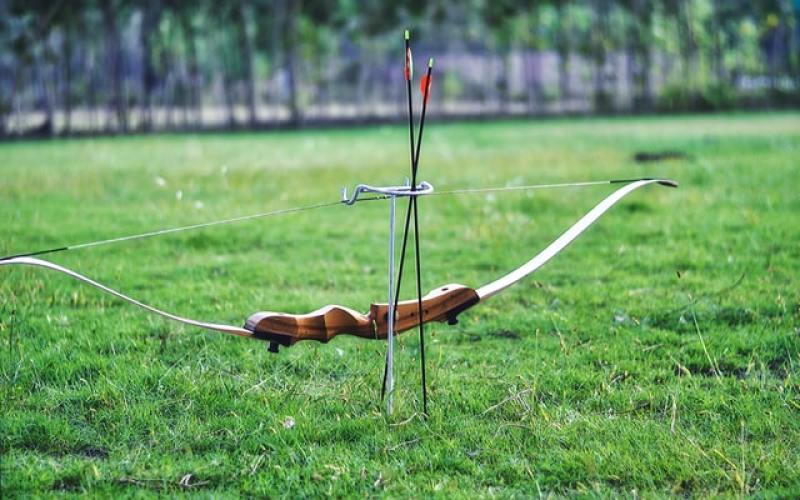
An arrowhead made of animal bone has been discovered in Gath, the biblical home of Goliath according to archaeologists.
First highlighted by Christian Post, researchers found an arrow tip composed of animal bone within the debris of a house in a lower city. They believe it was used 3,000 years ago in Gath's last struggle against the Aramean King Hazael's army.
The arrowhead was found in 2019 and was likely made in a workshop approximately 1,000 feet from where it was located says a report published in Near Eastern Archaeology.
Because the point is chipped and there is a "clear impact fracture" on the arrowhead's tip, researchers think it was most likely used in combat.
The researchers noted: "The point had been broken close to the mid-shaft, perhaps as a result of this impact. These results demonstrate that the arrowhead had been used and had hit a target."
Goliath's hometown?
According to archaeologists, the discovery might corroborate biblical accounts of the city's demise.
The giant Goliath, a Philistine whom the shepherd boy David fought before becoming of Israel, was often connected with Gath. Around 830 B.C., the city was taken by Damascus' King Hazael.
David conquered the city in 1 Chronicles 18. His descendant, Rehoboam, strengthened according to 2 Chronicles 11:5-8. King Hazael of Damascus subsequently conquered the city in 830 B.C. before attacking Jerusalem.
According to 2 Kings 12:17-18, King Hazael of Aram marched up to Gath and seized it before shifting his attention to Jerusalem. However, Joash, the ruling King of Judah at the time, avoided the onslaught by sending all of the wealth, presents, and sacred objects from their treasury to King Hazael.
Excavations in Gath, in modern-day Israel, have shown that the city was destroyed in the ninth century BC, at the time Hazael attacked.
According to Aren Maeir, an archaeologist professor from Bar-Ilan University who heads the Tell es-Safi expedition, such weapons was unusual in the Iron Age since bone is significantly less powerful than metal.
"In many cultures, you have bone projectile points, but as you move into a metal-oriented society, they disappear," he explained.
"The common arrowhead in the Iron Age was made of bronze and iron. Here and there, you still find bone points, but they are not very common ... It shows the dramatic moments of the end of the city and the desperate measures they were taking to make weapons that could help in its defense," he added.
Tell es-Safi is the ancient monument in today's southern Israel recognized as the Gat of the Philistines.
Maeir and his team theorized that the Gittites made the arrowhead from bone because they were out of raw materials to construct metal weapons when the city was besieged by Hazael's army about 830 B.C.E.
Supporting discovery
According to Haaretz, archaeologists discovered a workshop in the neighboring upper city in 2006 that looked to be solely devoted to the fabrication of bone utensils. When the Arameans conquered Gath, it was demolished, along with the rest of the city.
The archaeologists discovered waste products of bones in Gath's workshop, hundreds of shards originating exclusively from domestic cattle's lower limbs. They said that given that "bovine metapodials" had the correct length and form to be cut into points, the workshop was an emergency facility set up to create bone arrowheads back then.






















